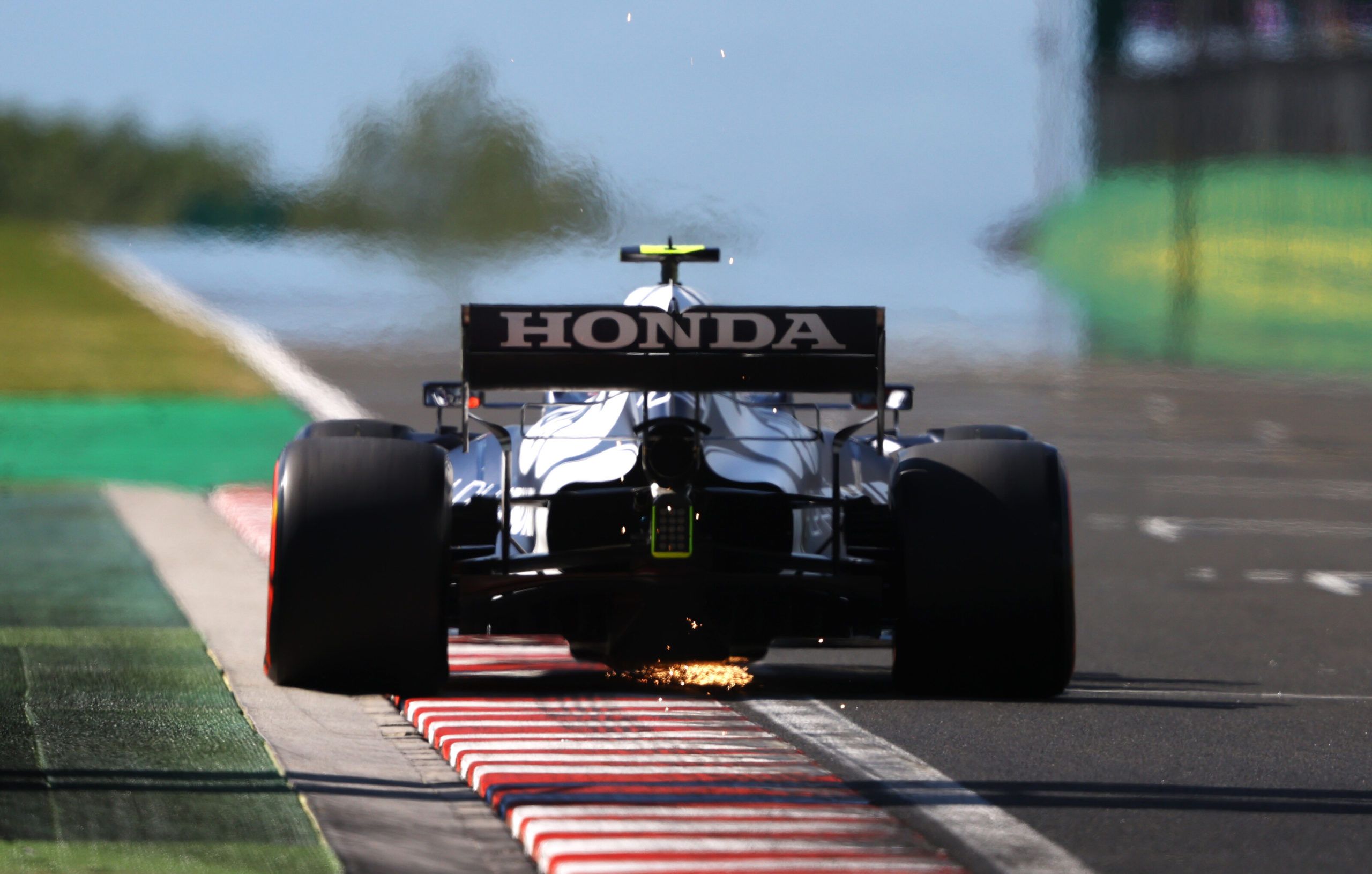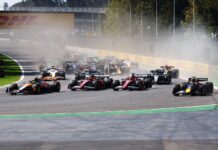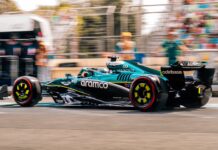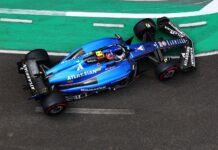Mario Isola talks about positive feedback on new rear construction allowing Pirelli to lower the tyre pressures and how it is also helping with 18-inch learning.
Tyres play an extremely crucial role in F1, evidently. The grip they provide is essentially what translates to speed. Apart from the obvious, balance, drivability, and grip, we saw them directly impact the drivers’ race in Baku this season.
So when Pirelli introduced the new robust rear tyres, it was a chance to see how the new construction can fare against the old one. The new one was to be more sturdy, and highlighted more in their new construction was the lower pressure on the rear, a difference that is about 1.5 – 2 PSI compared to the old rear construction.
The lack of ‘tyre drama’ after Silverstone, and the good feedback provided from teams in terms of lack of differences felt between the old and new confirmed, outside of testing, improvement by Pirelli and these tyres. Especially considering the high severity of the Silverstone circuit and the pressure that the tyres usually reach, the new tyres, specifically the rear construction, coped well.
Before the Silverstone race, Pirelli were forced to deploy higher pressures for the tyres, to make it durable, but with the new construction now working well, Isola reckons they can now lower the pressures, as already put in use in Hungary. “We are keeping, as we said, pressure that is on the rear lower compared to the pressure we should establish with the old construction,” he said when asked by FormulaRapida.net about tyre pressure.
“So we are talking about between 1.5 and 2 PSI difference because the new rear construction is more robust. If you look at the rear pressure in Hungary was 18 PSI, so quite a low number as an average. Obviously, Silverstone was higher but because the severity of the circuit is much higher, so with the old construction, the pressure would have been much higher than the one we prescribed, the rear construction is working well.
“It has been confirmed by the teams that they didn’t feel any difference in balance, difference in drivability in Silverstone. It was, let’s say, representative race because the circuit is a high severity and for giving us good feedback not just the test on Friday in Spielberg. But the fact that the new construction is an improvement has been confirmed also in Silverstone, and in Hungary, I didn’t hear any particular comment on the new construction, so I believe that the teams are able now to use the new construction as they used the old one,” summed up Isola.
These new tyres, however, are not all what Pirelli were working on. The new 18 inch tyres to be used in 2022 have been going through testing and are in the final stages of its development. Slick compound testing was wrapped up in Budapest, with the wet session still to come in September.
Though not officially used on the tracks yet, the 18-inch tyres do also have the rear construction concepts that are present and implemented in the 13-inch one, especially on the rear side, which was introduced in Silverstone. This gives Pirelli more of a confidence boost and advantage as they are seeing how certain aspects pan out on track.
With the hard compounds finalised at Silverstone, and the soft compound said to be finalised at Budapest, all Pirelli can do is wait and see how next year is going to go with their new 18 inch tyres. “The next year development program is almost finalised,” said Isola. “The concept that is in the current 13 inches rear construction has been already, let’s say, implemented in the 18 inches tyre.
“This is giving us even more confidence because we have the possibility to test this new idea on the 13 inches tyres, and we have the possibility to validate it on the next 12 races. That is good, that is positive. We know that the concept is working well, the 18 inches tires in terms of integrity is giving us quite a lot of confidence.
“Drivability is better, driver’s feedback is good, it has been confirmed also after the test in Silverstone, we were testing with Aston Martin, with Haas and one day with the Red Bull, no particular surprises. The test in Silverstone was used for finalising the hard compounds and in Budapest we are going to confirm the soft compounds.
“And that’s all basically, obviously then we have to wait until next year, beginning of next year to understand If the new cars are performing as expected as in line with the simulation that we receive,” summed up Isola.
The article was written by Selena Aburas
Here’s why Williams will not do Pirelli tyres test for 18-inches
Here’s the last slick tyre test of 18-inches from Pirelli



















